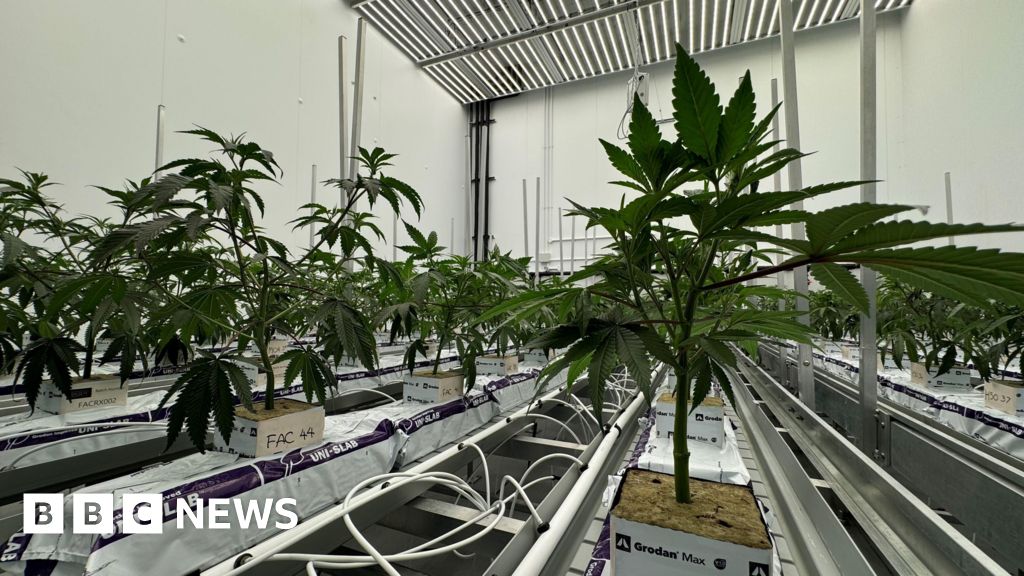pugnacious
Active member
Was checking out a dutch leach trays last night for a possible DTW hydro system i might be using. I never seen them used on icmag or in person. Does anyone have any links to some good DTW grows?
I really dislike dripping into rockwool. To me, it's a 20% loss before even starting. It's been superceded by coco. Feed costs are not even on my mind. I would avoid dtw rw like the plague. It's just sodden. That is why it died in the 90s along with NFT.

This. With flood and drain containers filled with expanded clay I get a nft type hydro. The table never gets dry during lights on. I flood every 45 minutes or hour just long enough to fill the table.DTW waste is about 15%, but I was often wasting 30% to keep on top of pH using coco.
Some recirculating systems such as F&D have a minimum water volume they can run with. So at tank change, that is your waste. How often you change is a different matter. With some just topping up for months, and others dropping the tank out every week.
I have no doubt F&D / E&F beats DTW, if you can accommodate the tank sizes needed. The feed might be fresher with DTW but F&D can be near aeroponics. If you start looking at mass balance ideals, and nutrient management based on individual element monitoring, the idea of a fresh feed starts to have less meaning.
I really dislike dripping into rockwool. To me, it's a 20% loss before even starting. It's been superceded by coco. Feed costs are not even on my mind. I would avoid dtw rw like the plague. It's just sodden. That is why it died in the 90s along with NFT.
There are sooo many ways to collect the waste, and really non of it matters. It's just whatever is convienient. If it's trays that fit framework, because you want to just assemble a premanufactured system, that's cool. Many can be wheeled around, and the trays lifted out onto stands, that wheel off into cleaning areas. Or you can just work pots that leach out onto a floor with drainage channels like your driveway. Many people like corrigated roofing sheet, which is designed to catch falling water and route it away. Or like myself, non of the above. Ceiling height is often the limiting factor.
Newbies. Not even two years experience, and don't know any other growers. They have not had time to recognise the problems yet.Fuck yeah! That dinosaur shit is obsolete and uncool - see my current grow for definitive proof. No one does that kind of thing these days, whether spending millions or growing in a tent.

Legal cannabis: Inside the UK's first fully licensed facility
The BBC is given exclusive access inside the UK's first fully approved and licensed medical cannabis facility.www.bbc.com
They have not had time to recognise the problems yet.
There are pros and cons to every method. Do any of them long enough and the cons have you at least trying other methods.It's not easy when the plants look great and the problems consist of molding in the fat heavy buds, and supporting all their weight in the last month.